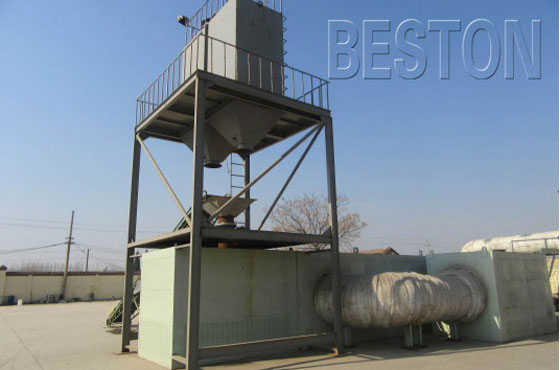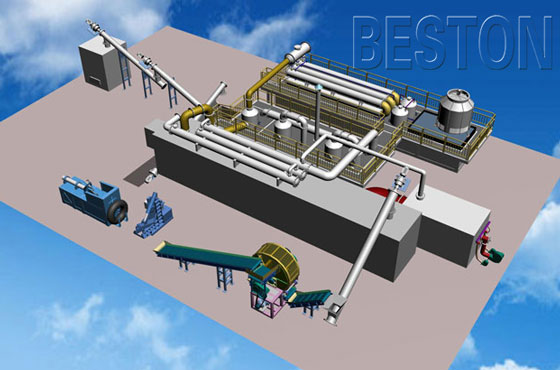Understanding Tire To Oil Pyrolysis Technology
Tire pyrolysis plant has received accolades in the form wide acceptance as the best way to recycle used tires and plastics. Tire to oil pyrolysis technology (https://tyrepyrolysisplants.net/tires-to-oil-technology.html) first emerged in the 1970s and since then it has been developed through intensive research, further increasing the efficiency of the process and the amount of bio-oil, bio-gases and char recovered from the process.
Stemming from the tremendous amount of research that has gone into pyrolysis technology, there are various methods of application of the technology. Herein, we brush over the various application methods of the tire recycling machine for sale.
What Is Pyrolysis
Pyrolysis is the process of degrading natural rubber at very high temperatures, usually between 400 and 1200-degree centigrade. The degrading process is done in an oxygen-free environment, usually in a reactor. There some reactors that are run under a vacuum environment while other reactors are run under atmospheric conditions in terms of pressure. Here to view more: https://tyrepyrolysisplants.net.
Differentiation of the tire pyrolysis process can be done using the temperature used, the size of the tire pieces used, the runtime and other characteristics of the process.
Fast Pyrolysis
This is one of the most popular pyrolysis processes in the tyre recycling plant due to high efficiencies in terms of energy use as well as high yield of pyro oils and other chemicals. It operates by heating the tires to high temperatures (550-1200 degree centigrade) very fast (in less than a minute). Typically, the reactor operates on tire pieces that are less than 5mm.
Due to the high rate of efficiency in the production process as well energy consumption, this types of pyrolysis processing involves low-cost investment and high yields, leading to profitability, especially for small-scale plants.
Slow Pyrolysis
This type of reaction process is best suited for the production of char, with little emphasis on the production of high quantity as well as the quality of bio-oil. The run time is almost similar to the fast pyrolysis reaction but the tire particles size fed into the reactor differs considerably. Slow pyrolysis uses particles sizes of between 5 mm and 10 mm. We are tyre recycling plant manufacturer in China, and has excellent reputation in this field.
There are other pyrolysis reaction processes such as the catalytic reaction and the flash pyrolysis reaction.
Understanding The Output Of Pyrolysis Reactions
The main output from thermal degradation of tires is;
1. the pyrolysis oil (anything from 40% to 75%, depending on the particular reaction process utilized);
2. carbon black or char (30% to 35%).
3. steel wire (10% to 15% depending on the amount of wires used to make the tires) and the pyrolysis gas (about 10%).
These products are used for various purposes. For instance, the pyrolysis bio-oil produced is used as the main fuel source in furnaces by industries that require and use furnaces, or in industries with high energy consumption. The pyrolysis gas, mainly being methane is used to provide methane gasses for heating purposes. The steel wire can be recycled as scrap steel. Finally, the carbon black powder is as a chemical strengthener in making tires or as a pigment in the color industry. And if you determine to establish a tyre recycling plant, we would like to offer competitive tyre recycle plant cost for you.


